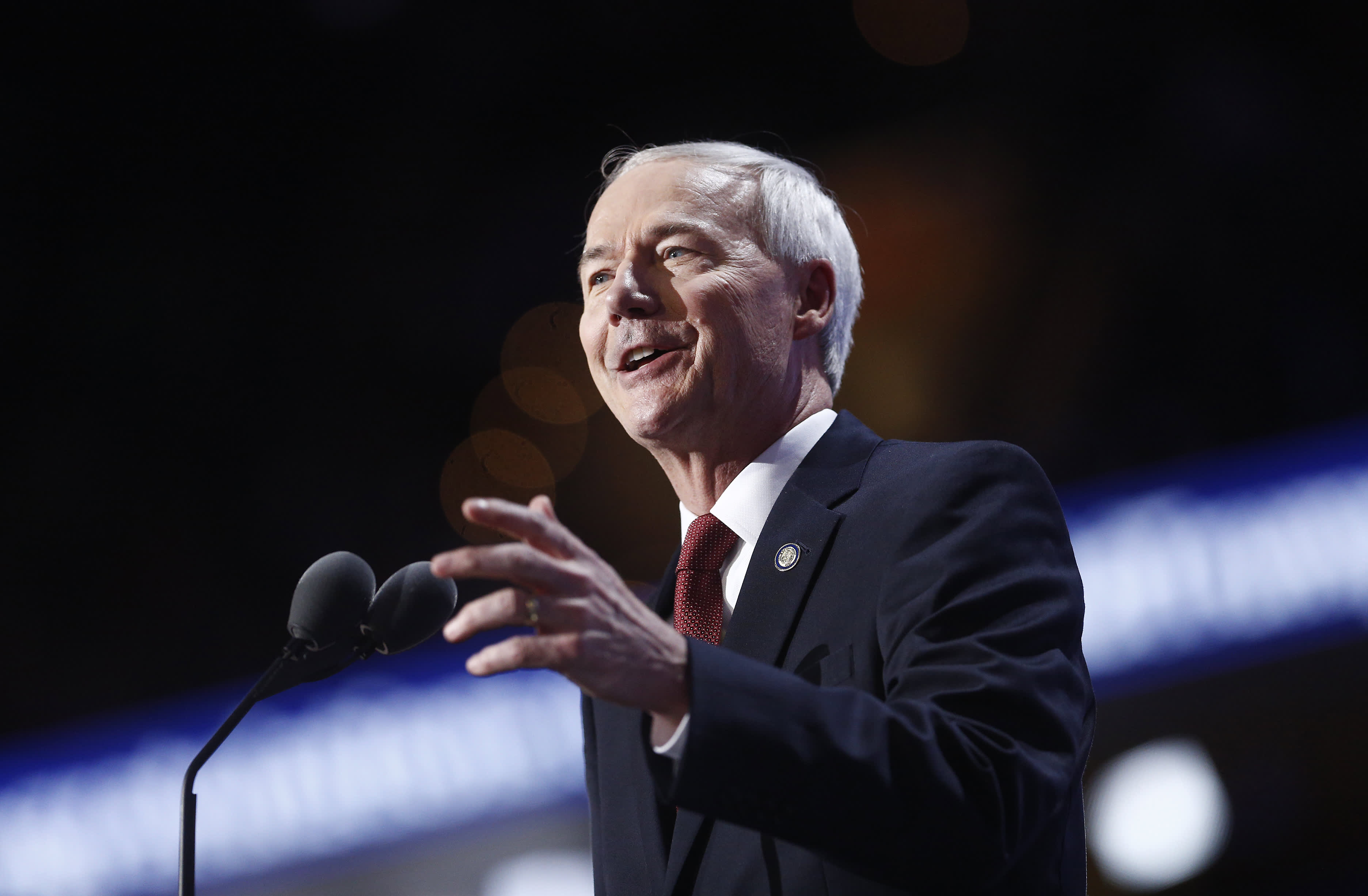Tensions are flaring over a $300 supplement to weekly unemployment benefits.
A weaker-than-expected April jobs report has led to outcry in some circles that the payments are fueling a labor shortage. The extra aid offers an incentive for laid-off workers to stay home, critics argue, making it hard for businesses to hire.
Others think factors like child care and the virus play a primary role in hiring difficulties — not the $300 payments. It’s also likely a short-term blip that reflects growing pains in a rapidly expanding economy, they claim.
But the truth is likely somewhere is the middle, according to economists.
Swift change and unique pandemic dynamics make it impossible to pinpoint to extent to which the $300 boost may be holding back jobseekers, they said.
“It’s complicated,” according to Diane Swonk, chief economist at Grant Thornton.
“The biggest mistake one can make is to try to judge the current situation through the lens of past recessions or ideology,” she said. “This time is truly different.”
Political fault lines
However, the issue has indeed broken out along political fault lines.
Republicans and business groups like the Chamber of Commerce tend to favor abolishing the extra benefits and Democrats tend to favor keeping them.
Last week, three Republican-led states (Arkansas, Montana and South Carolina) announced they will cut off the enhanced aid months ahead of schedule. More are expected to follow.
More from Personal Finance:
There’s one week left to contribute to 2020 IRAs
Americans fear highest inflation in nearly a decade
The pandemic drove these Americans into early retirement
The move would end all pandemic-era benefits for self-employed and gig workers and the long-term unemployed, in addition to the $300 a week, at the end of June. The American Rescue Plan offered those benefits through Labor Day.
Meanwhile, the U.S. economy added 266,000 jobs in April — weaker than the 1 million expected.
“It’s getting much harder to hire than in the recent past, by the sheer acceleration of job creation,” according to Ioana Marinescu, an assistant professor of economics at the University of Pennsylvania. “We have no commensurate acceleration in people looking for jobs.”
“It’s easy to jump to the conclusion: ‘Oh, it’s the benefits,'” added Marinescu, who’s studied job applications during the pandemic. “Based on past evidence, they may play a role, but they may not be the only thing.
“It’s a nuanced picture.”
Déjà vu
The controversy is a sort of déjà vu from last summer, when Republican lawmakers were against extending a $600 weekly CARES Act supplement that ended in July.
That stipend replaced 100% of lost wages for the average laid-off worker. But it paid many people — largely the lowest earners — more than their prior paychecks.
At some point, [the $300] is going to result in a shortfall in employment. But it’s hard to know when that is.Ioana Marinescuassistant professor of economics at the University of Pennsylvania
Research indicated there wasn’t a large job-finding disincentive from the extra $600 a week. The same may be true with the $300 supplement (which replaces 74% of pre-layoff wages, on average) due to return-to-work hurdles, economists said.
They include lack of access to child care, continued online or hybrid in-person schooling, and a dearth of after-school programs critical to enabling low-income parents (mostly mothers) to work, Swonk said.
Vaccines also weren’t widely available until recently, and workers need two to six weeks for full efficacy of the regimen — meaning many can’t safely return to work until June, she added.
Many baby boomers opted to retire (for fear of contagion or otherwise) and it’s unclear how many may return once fully vaccinated, she said.
States generally also require people to actively look for work as a condition of receiving unemployment benefits. States suspended the rule early in the pandemic, but many have reinstated it — meaning recipients already need to look for work to continue receiving aid.
‘Massive readjustment’
More time and labor-market data are needed to make an accurate assessment of the $300, according to Peter Ganong, an assistant professor of public policy at the University of Chicago, who’s studied the relationship between unemployment benefits and work disincentives during the pandemic.
“The labor market is undergoing a massive readjustment right now,” Ganong said on Twitter. “Let’s wait for data rather than making policy based on anecdotes.”
It’s also challenging to make national policy prescriptions for something that varies region by region.
In Montana, for example, the labor market appears to be close to pre-Covid status, unlike the rest of the U.S., Ganong said. (Montana is one of the states opting to end access to enhanced benefits.)
The $300 benefits also help stimulate the economy, Marinescu said. Taking them away at a national level may lead to less household spending — potentially reducing demand for business’ goods and undercutting the need to hire more workers.
“It’s not a black-and-white picture,” Marinescu said. “Everyone is experiencing some period of adjustment.”
“At some point, [the $300] is going to result in a shortfall in employment,” she added. But it’s hard to know when that is.”
